Introduction
Getting a personal loan sounds easy until it quietly turns into something you didn’t expect. You thought the rate was fair. The monthly payment felt manageable. The lender made it sound like a win.
Then the fees kick in. The total cost stretches beyond the numbers you ran. And suddenly, the loan designed to help starts holding you back. That’s how smart people end up stuck with bad debt.
In 2025, personal loans are faster, easier, and more accessible than ever especially online. But every shortcut comes with a tradeoff. Most borrowers move too quickly. Most lenders hope you will.
This guide fixes that. It will show you how personal loans actually work beyond the headlines and sales pages. You’ll learn how to compare offers with clarity, qualify on your terms, avoid the traps, and walk away with a loan that solves a problem instead of creating one.
Because borrowing money isn’t the mistake. Borrowing without understanding is.
Key Takeaways
Personal Loans in 2025: What You Need to Know
- Personal loans give you fast access to cash but not all of them are designed to help you.
- In 2025, APRs can range from 6% to over 36%, depending on your credit score, income, and the lender’s internal risk model.
- Approval doesn’t come down to credit score alone lenders evaluate your full profile: bank activity, income stability, and debt-to-income ratio.
- Secured loans can unlock better rates, but they come with collateral risk. Unsecured loans are safer if you can qualify.
- Banks, online lenders, credit unions, and apps all play by different rules and most borrowers have no idea which option actually costs less in the long run.
- This guide shows you how to qualify smarter, compare offers strategically, and choose a loan that protects your future not just patches your present.
Disclaimer: This site contains affiliate links. If you make a purchase, we may earn a commission at no extra cost to you.
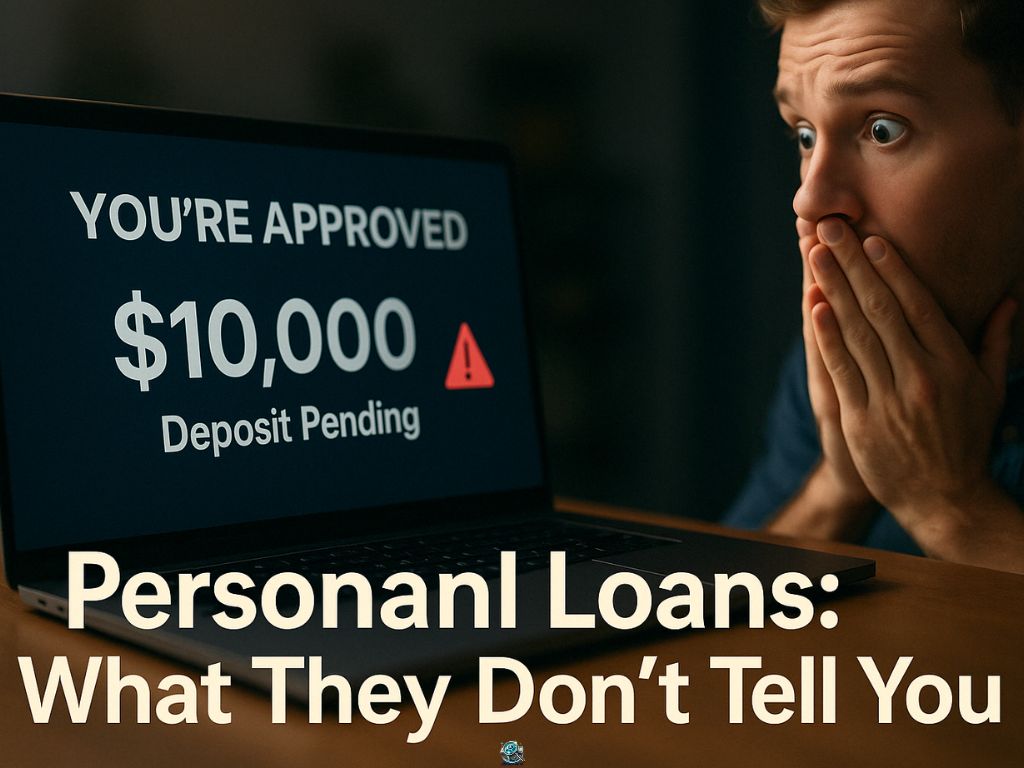
What Personal Loans Actually Are (Not What Ads Say)
Most people think they understand personal loans. They don’t.
They think it’s just:
→ Apply online.
→ Get a lump sum.
→ Pay it back monthly with interest.
That’s only part of the story.
A personal loan is a fixed-term installment loan usually unsecured, sometimes secured where the amount, rate, and repayment timeline are all set upfront. But the real mechanics are where things get risky.
Here’s what most borrowers never see coming:
- That “fixed rate” could mean a 9% deal or a 34% trap
- That “no fees” offer might include a 6% origination charge buried in the paperwork
- That “pre-approval” you got? It’s just bait until your income and credit get verified
Lenders aren’t trying to scam you. They’re trying to win on margin and you don’t win if you don’t know the rules.
The key difference between a smart loan and a bad one isn’t in the name.
It’s in the structure. In the terms. In what they don’t explain when they say “Congratulations you’re approved.”
This guide will teach you how to decode all of it so you’re not just “getting a loan,” you’re making a move that actually serves you.
In short: The difference between a smart loan and a bad one isn’t the rate, it’s how well you understand the terms before you sign.
According to the Consumer Financial Protection Bureau (CFPB), the majority of borrower complaints about personal loans stem from misunderstanding loan terms, especially fees and rate structures. Reading the fine print isn’t optional; it’s protection.
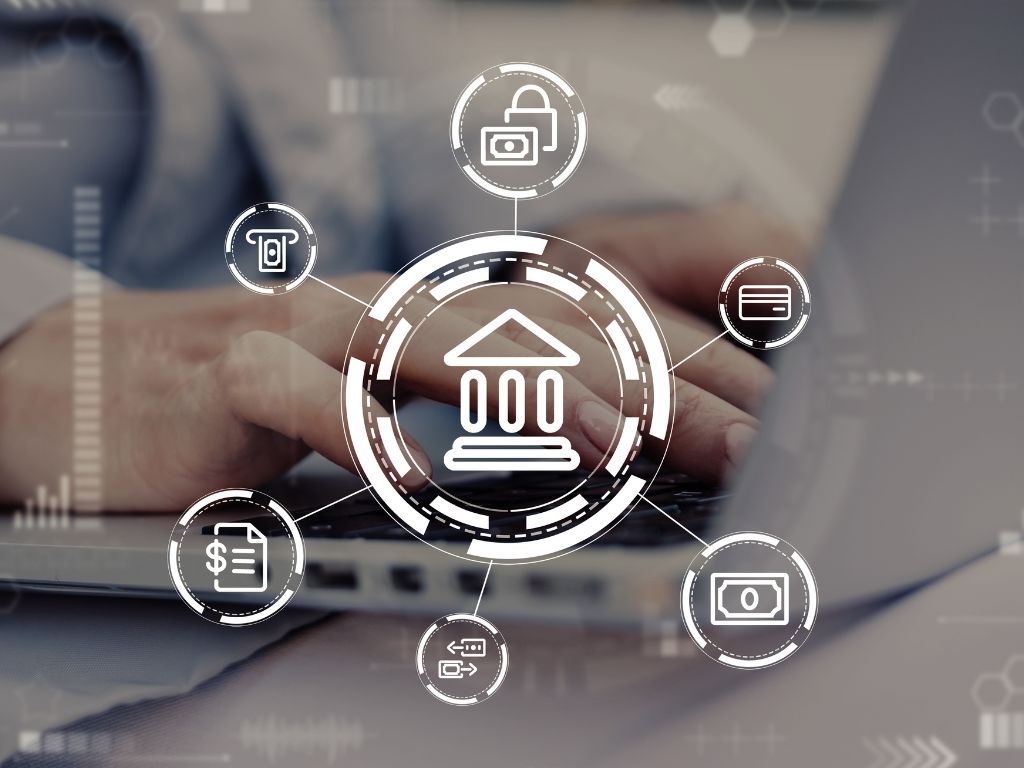
The Personal Loan Types That Matter in 2025
Most personal loans look the same from the outside. But once you read the fine print, the differences are massive and expensive.
Choosing the wrong type doesn’t just affect your rate. It changes your approval odds, repayment terms, fees, and risk.
Here’s what actually matters in 2025:
Unsecured Personal Loans
This is the default option for most borrowers no collateral required. You’re approved based on your credit score, income, and debt-to-income ratio. The terms are usually fixed, and funding is fast.
This loan works well for borrowers with fair-to-good credit (typically 660+), stable income, and clean banking history. It’s clean, flexible, and doesn’t put your assets on the line.
But there’s a catch: if your credit is shaky, rates can skyrocket, or you won’t get approved at all. And lenders don’t always show you the real rate until after they’ve run your credit.
You can learn more about unsecured loans for bad credit here.
Secured Personal Loans
These loans require you to back the loan with something valuable a vehicle, a savings account, or other tangible asset. That collateral reduces the lender’s risk, which can mean easier approval and lower rates.
If your credit score is under 600, and you’ve been denied unsecured offers, this route might give you a second shot. Especially if you have a paid-off car or unused savings.
But understand this clearly: default, and the lender has the right to take your asset. A bad month could cost you more than just your credit score.
Read our full Secured Personal Loans Guide.
Emergency Personal Loans
These loans are built for speed not flexibility. Many fund within 24 to 48 hours, with minimal paperwork and credit requirements. But the tradeoff is steep: rates often push toward the upper legal limits, and fees are rarely transparent upfront.
Use this option when timing matters more than cost. For example: medical bills, rent payments, or car repairs that can’t wait.
Just make sure you’ve checked the repayment schedule, APR, and total cost because fast cash is the most expensive kind when you don’t read the terms.
If speed matters most, this guide to emergency loans breaks down what to expect and what to watch for.
Subprime Personal Loans
These are targeted at borrowers with damaged or limited credit histories. The terms are strict, the rates are high, and the repayment windows are often short.
In most cases, these loans are structured to get you in and out fast whether or not you can afford it. They’re useful only if you’re rebuilding credit with intention, and you have a clear, aggressive plan to repay ahead of schedule.
Use them with a strategy never out of desperation.
Credit Union Loans
Still one of the best-kept secrets in personal finance. Credit unions offer personal loans with lower APRs, capped interest rates (often maxing out around 18%), and flexible underwriting that considers more than just your score.
They may approve borrowers that big banks won’t touch especially if you have a long relationship, even with limited credit.
The tradeoff: slower application processes, in-branch requirements, and less flashy user experiences. But for value? They’re hard to beat.
Peer-to-Peer Loans
Instead of borrowing from a bank, P2P lending platforms connect you directly to individual investors. Platforms like LendingClub or Prosper allow mid-credit borrowers to access fair rates without traditional gatekeepers.
Terms vary by platform, but some offer approval flexibility, fast decisions, and competitive APRs. It’s a solid option if your credit is decent, but your bank keeps saying no.
Just watch the platform fees, they’re often baked into the loan amount or deducted upfront.
Don’t just look at the rate. Look at the structure.
Some loans are built to help you through a season. Others are built to hold you in place. Know the difference before you sign anything.
Bottom line: Every loan type solves a different problem; match the structure to your need, not just your approval odds.
Industry data from Experian shows unsecured personal loans now make up one of the fastest-growing credit products in the U.S., with usage highest among borrowers consolidating debt or covering major expenses not day-to-day spending.

How Personal Loans Actually Work (Behind the Scenes)
Lenders love to say it’s simple: “Apply. Get approved. Get your money.” But that’s the surface-level version.
Here’s what’s actually happening behind the scenes and why every decision you make during the process matters more than they let on.
The Real Flow Behind the Application
Once you hit “Submit,” most lenders do one of two things:
- Run a soft pull to prequalify you, this doesn’t hurt your credit
- Or jump straight to a hard inquiry, which does
That pull gives them a snapshot of your credit history but that’s just the start. The underwriting engine then runs your profile through an internal algorithm that weighs:
- Credit score (but not in isolation)
- Debt-to-income ratio (DTI)
- Recent banking activity and income inflow
- Employment history or proof of consistent income
- Loan purpose (yes, they care)
Each factor influences your offer, not just your approval.
APR Isn’t Just About Your Score
Many borrowers think a higher score means a better rate. That’s only partly true.
Your APR is built from multiple inputs:
- Credit score range base risk tier
- Loan term longer terms often = higher total cost
- Loan amount bigger loans may get lower rates per dollar
- Lender’s pricing model and how aggressive they are with your profile type
- Fees including origination fees, which inflate the real cost even if the base rate looks low
What matters more than the “headline rate” is the total cost of the loan over time and how it behaves if you miss a payment, pay it off early, or need to adjust.
Where the Money Goes
Once approved, the loan is typically disbursed within 1 to 5 business days. Some fintech lenders fund same-day, especially for small amounts.
The money lands directly in your bank account and the repayment clock starts immediately. You’ll be set up on monthly autopay, and many lenders offer a small rate reduction if you opt in.
But here’s the catch: Most lenders front-load interest, meaning your early payments go mostly to the lender not to your loan balance.
This is called amortization. It’s standard practice, but few borrowers realize how much of that “fixed payment” is really going to interest in the first 6–12 months.
What You Don’t See But Should
- Missed payments can trigger penalty APRs, late fees, and reporting to credit bureaus
- Prepayment penalties aren’t common, but some lenders still include them always check
- Automatic refinancing offers may sound helpful later on, but can reset your term and cost more long-term
- Hard inquiries from multiple lenders within a short window may affect your score unless they’re grouped (usually 14–45 days depending on the scoring model)
A personal loan is a fixed structure but the way it’s priced, packaged, and processed is anything but standard.
If you don’t understand how it works, you’re not just borrowing. You’re entering a system built to profit off your assumptions.
In short: A personal loan may look simple, but your rate, fees, and repayment behavior are built from dozens of moving parts behind the scenes.
Financial experts consistently recommend reviewing the amortization schedule before signing any fixed-term loan. It’s the clearest way to see how much of each early payment goes to interest versus principal and how long it takes before real balance reduction begins.
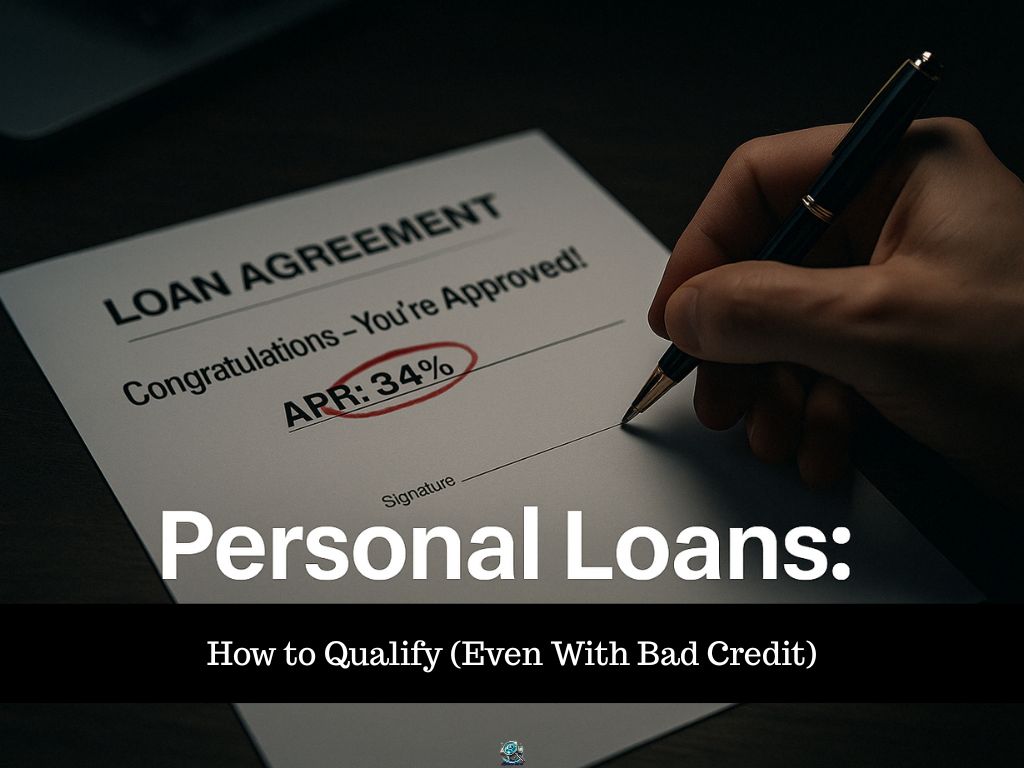
How to Qualify for a Personal Loan (Even With Bad Credit)
Most people think personal loan approval comes down to one number: credit score. But that’s only the front door.
Lenders care about your score, yes. But they also care about how you earn, how you spend, how you repay, and whether your financial profile fits their internal risk model.
Here’s what actually moves the needle in 2025:
Credit Score: The Starting Point, Not the Final Word
Credit scores still matter. They shape your initial offer tier or whether you even see an offer at all.
- 740+ = Prime offers, best rates
- 670–739 = Solid approvals, moderate rates
- 580–669 = Subprime territory higher rates, more scrutiny
- Below 580 = Limited options, often secured or high-interest loans only
But scores don’t tell the full story. And more lenders are using alternative data: rent payments, banking behavior, even mobile phone bills.
So if your score is low, your profile still matters and your behavior still speaks.
If your score puts you in the subprime range, this guide to subprime personal loans shows how to find safer options and avoid predatory terms.
Income & Employment: Can You Actually Repay?
Lenders don’t just want to know how much you make. They want to know how reliably it comes in and whether your expenses already eat it up.
You’ll be asked to verify:
- Pay stubs (W-2 jobs)
- 1099s or profit-loss statements (self-employed)
- Bank statements (to verify deposits)
- Social Security or benefit letters (if applicable)
Even gig workers can qualify if you show consistent deposits. But vague income or irregular pay cycles often raise red flags.
Debt-to-Income Ratio (DTI): The Silent Dealbreaker
Your DTI = total monthly debt payments ÷ gross monthly income. It tells lenders how much room you have to take on more debt.
Most lenders want to see DTI under 36%. Some stretch to 43%, a few up to 50% for strong credit. But here’s what people miss: Even if your credit score is decent, a high DTI can kill your approval.
And lowering it doesn’t have to take months.
Quick win: Pay off a small credit card or reduce your minimum payments by consolidating debt before applying.
That single move can shift your DTI enough to unlock a better offer.
Bank Behavior: What Your Statements Say About You
Some lenders now review bank account data looking at cash flow, spending habits, and red flags like overdrafts or low balances.
If your account shows negative balances, bounced payments, or volatile income swings, it can hurt your chances even with a solid score.
Before applying: Make sure your main bank account shows stability, at least two months of steady deposits, and no recent NSF activity.
Collateral (For Secured Loans)
If your credit score or income doesn’t check the box, you might still qualify for a secured personal loan.
Lenders may accept:
- Paid-off vehicle titles
- Cash savings or CDs
- Investment accounts (rare, but possible)
The more liquid and easily verifiable the asset, the better your chances and the lower your rate.
But this comes with a real risk: miss payments, and they can take what you pledged. So only secure a loan if you can afford to lose what you offer.
Pro Tip: Prequalify Before You Apply
Many lenders now offer soft pull pre qualification which lets you see potential rates without hurting your score.
Use this to shop offers. Compare terms. And only move forward with lenders that give you terms you understand and can afford.
Approval isn’t just about who you are. It’s about how you show up on paper and how you prepare before you apply.
Most people treat it like a leap of faith. You’re going to treat it like a strategy.
Quick takeaway: Approval isn’t about luck, it’s about preparation. Clean up your finances 30–60 days before applying, and lenders notice.
Most major lenders emphasize that lowering your debt-to-income ratio below 40% and maintaining a clean bank record for 60–90 days before applying can significantly improve approval odds and APR offers.
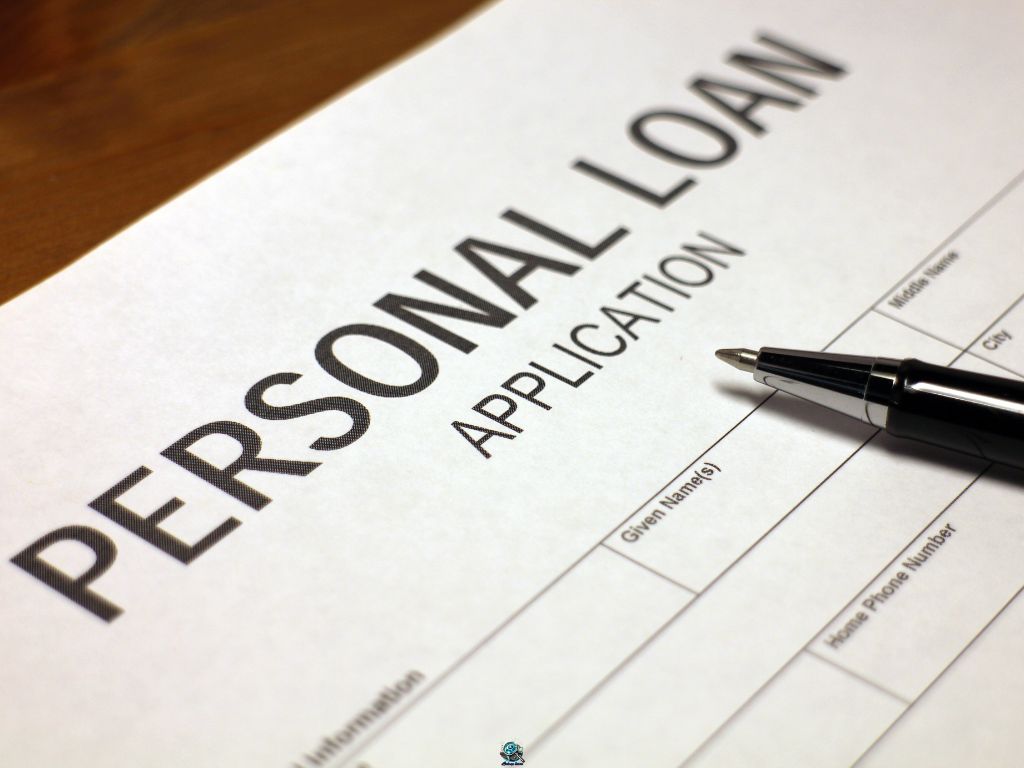
Where to Get a Personal Loan in 2025 (And Where You’ll Overpay)
You can get a personal loan almost anywhere now. Apps. Banks. Websites. Even gas stations in some cities.
But here’s what most borrowers don’t realize: The lender you choose matters more than your credit score.
Same profile, same income totally different result depending on where you apply.
Here’s how to spot the best options, and the ones quietly draining your wallet.
Online Lenders
Fast. Accessible. Usually easy to prequalify. Online lenders have exploded in the last five years, and some are excellent if you know how to vet them.
What works:
- Approval within 24–72 hours
- Loans from $1,000 to $50,000+
- Soft-pull pre qualification tools
- Custom-built offers based on real-time algorithms
What to watch for:
- Origination fees (1–8%) that get deducted before funding
- Rates climbing into subprime territory for fair credit borrowers
- Hidden language around automatic refinancing or payment processing
Use them if you need fast access, have fair-to-good credit, and want to compare multiple options without a hard pull. Just don’t confuse speed with safety.
Credit Unions
The best-kept secret in personal lending. Credit unions are member-owned, not-for-profit, and often legally limited in how much interest they can charge.
What works:
- Lower average APRs (especially for bad or limited credit)
- PALs (payday alternative loans) with capped interest
- Willingness to look at broader financial behavior not just score
What to watch for:
- May require membership and in-branch applications
- Slower underwriting times
- Fewer digital tools and online interfaces
Credit unions are ideal if you want human underwriting, smaller loan amounts, and a chance at fair terms even with imperfect credit.
Traditional Banks
Still an option but rarely the best one unless your credit is excellent and you’re already a customer in good standing.
What works:
- Competitive rates if you have 700+ credit
- Larger loan limits
- Stability and regulation
What to watch for:
- Long applications
- High rejection rates for anything under 670
- Very little flexibility on approval criteria
Banks are built for prime borrowers. If that’s not you, skip them and save the inquiry.
Loan Apps & Fintech Platforms
Think: EarnIn, MoneyLion, Brigit, Possible Finance. These micro-lending apps offer cash advances or small personal loans without the typical paperwork.
What works:
- Instant access to small amounts (typically under $1,000)
- No hard credit pull in many cases
- Mobile-first convenience
What to watch for:
- High fees disguised as “tips” or “subscription services”
- Short repayment windows
- Lack of transparency on total cost
These can be helpful if you’re in a cash crunch but they’re not long-term solutions, and they should never replace real personal loan options.
Peer-to-Peer Lending
Platforms like LendingClub and Prosper connect borrowers directly to investors. They’ve matured a lot and offer legitimate alternatives to banks.
What works:
- Loans from $2,000 to $40,000+
- Transparent terms and fixed payments
- More flexibility for mid-tier credit borrowers
What to watch for:
- Platform fees (1–6%)
- Slower funding than online-only lenders
- Less forgiveness on late payments
P2P loans are a solid middle ground not the fastest, not the cheapest, but fair if you sit in that 640–700 range.

Payday and Title Lenders (Why You Should Avoid Them)
Yes, they’re everywhere. Yes, they’re “easy to get.” And yes, they’re built to trap you. Payday loans often carry APR equivalents over 300%.
Title loans let you borrow against your car and lose it in a single missed payment. These are not emergency options. They are debt accelerators, not debt solutions.
You have better options. Always.
The lender you choose doesn’t just affect your interest rate. It affects your peace of mind, your monthly flexibility, and your ability to get out of debt faster.
Shop lenders like your financial future depends on it because it does.
In short: The lender you choose can cost or save you thousands, the same borrower can see completely different offers across platforms.
Data from the National Credit Union Administration shows credit unions continue to offer some of the lowest average personal loan rates nationwide, often 2–5 points below bank and fintech averages for similar credit tiers.
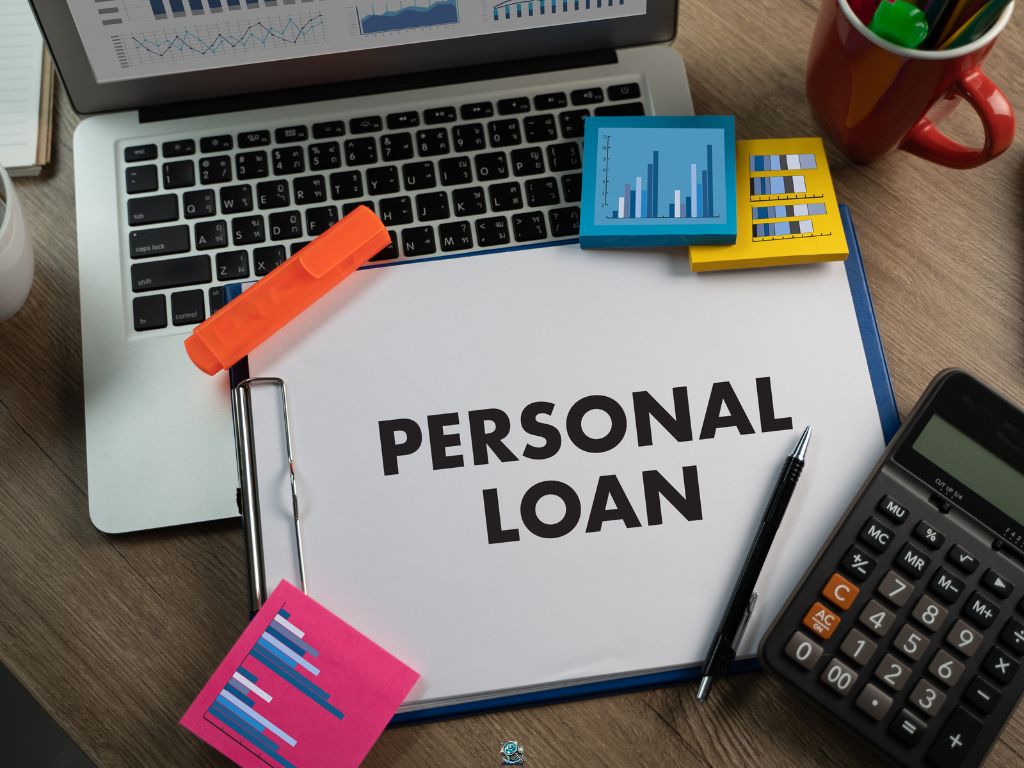
Secured vs. Unsecured Loans: Which One’s Worth It?
You’ll see these two words everywhere in personal lending and most borrowers never stop to ask what they really mean.
They should. Because the difference between a secured loan and an unsecured loan isn’t just paperwork. It’s risk, access, and cost.
What Is a Secured Loan?
A secured loan requires collateral something valuable you pledge to the lender as security.
It might be:
- A paid-off car
- A savings account
- A certificate of deposit
- A home equity share
- Or, in rare cases, investment accounts or luxury items
If you miss payments, the lender can seize that asset to recover their money. That’s the trade.
But in return, you typically get lower interest rates, higher approval odds, and more flexible terms especially if your credit score isn’t great.
This isn’t just a “bad credit” solution. It’s also a smart move for borrowers who want to reduce risk for the lender in exchange for better loan terms.
What Is an Unsecured Loan?
This is the standard type most people think of. No collateral. No asset tied to the agreement.
The lender gives you the loan based on:
- Credit score
- Income
- Debt-to-income ratio
- Employment
- Banking behavior
It’s clean but riskier for the lender. Which means higher rates and stricter requirements for the borrower.
- If your credit is strong and income stable, an unsecured loan gives you freedom.
- If not, it could mean rejection or inflated APRs you didn’t expect.
Quick takeaway: A secured loan can open doors when credit is tight, but it also puts your assets on the line. Choose with clarity, not pressure.
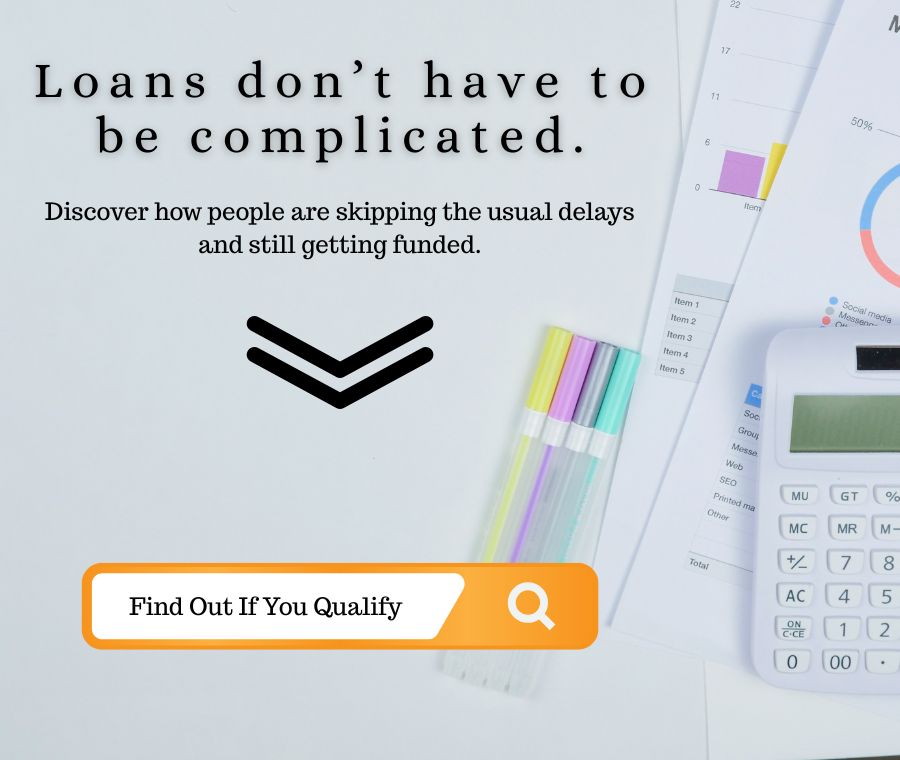
So… Which Should You Choose?
If you have assets to protect and strong repayment ability: Unsecured gives you control, flexibility, and no asset risk.
If your credit is low, but you’ve got something of value and want better odds: A secured loan can give you access and affordability but only if you’re confident in repayment.
Here’s the key question: Are you more comfortable risking your asset or paying more interest every month?
That’s the real fork in the road.
Most borrowers never make this decision on purpose. They take whatever they’re offered. And then they live with the consequences. You’re not doing that.
To learn more check out our Secured vs. Unsecured Loans Comparison.
According to Bankrate’s 2024 lending survey, secured personal loans can be up to 30% cheaper in APR than unsecured offers but default consequences are immediate and severe. Collateral should never be pledged without a backup repayment plan.

What Personal Loan Rates Look Like in 2025
Everyone wants to know: “What rate can I get?” The better question is: “What’s driving the rate I’m being offered and how do I make it better?”
Here’s what you need to know:
The APR Range Is Wide By Design
In 2025, personal loan APRs range from 6% to 36%+. That’s a massive spread and it’s intentional. Lenders use rates to price risk. If you look like a safe borrower, they make money slowly.
If you look risky, they charge more up front because they might never see the full repayment.
Here’s How Lenders Determine Your Rate
Several factors shape what you’re offered and they’re not always explained clearly:
- Credit Score: Still a core driver. Higher score = lower risk = better rates.
- Loan Term: Longer terms usually = higher total interest paid, even with lower monthly payments.
- Loan Amount: Larger loans may qualify for lower rates because lenders make more on interest over time.
- Debt-to-Income Ratio (DTI): High DTI? Your rate rises or your approval disappears.
- Employment and Income: The more consistent and verifiable, the better.
- Lender Type: Credit unions cap interest rates. Fintechs don’t. Payday lenders exploit the gap.
- Fees: Origination fees (usually 1–8%) inflate your effective rate even if the base APR looks okay.
Real-World Rate Expectations by Credit Tier
This isn’t just theory. Here’s what most borrowers are seeing right now:
| Credit Score Range | Expected APR (2025) |
|---|---|
| 760+ | 6% – 9% |
| 700–759 | 8% – 14% |
| 640–699 | 13% – 22% |
| 580–639 | 20% – 30%+ |
| Below 580 | 28% – 36%+ (if approved at all) |
These are average ranges, not guaranteed. But if you’re being offered something wildly outside these brackets — something’s wrong.
How to Push Your Rate Down Before You Apply
Even if your score is fixed, you still have leverage. Here’s what actually works:
- Pay off one small credit card: Lowers your utilization ratio.
- Join a credit union: They cap rates and offer human review.
- Add a co-signer: Shifts risk and often drops the APR significantly.
- Prequalify with multiple lenders: Creates competition and reveals who’s overcharging.
- Use a secured loan option: Adds collateral, lowers lender risk.
Don’t just ask what your rate is. Ask what it’s made of and how to reshape it before you ever hit “Apply.”
That’s the move most borrowers miss. You won’t.
In short: Your rate isn’t random; it’s a reflection of your risk profile, the lender’s model, and how well you shop before you apply.
LendingTree’s market index shows that average APRs vary by more than 10 percentage points between lenders for identical borrower profiles, proof that rate-shopping through prequalification saves real money.
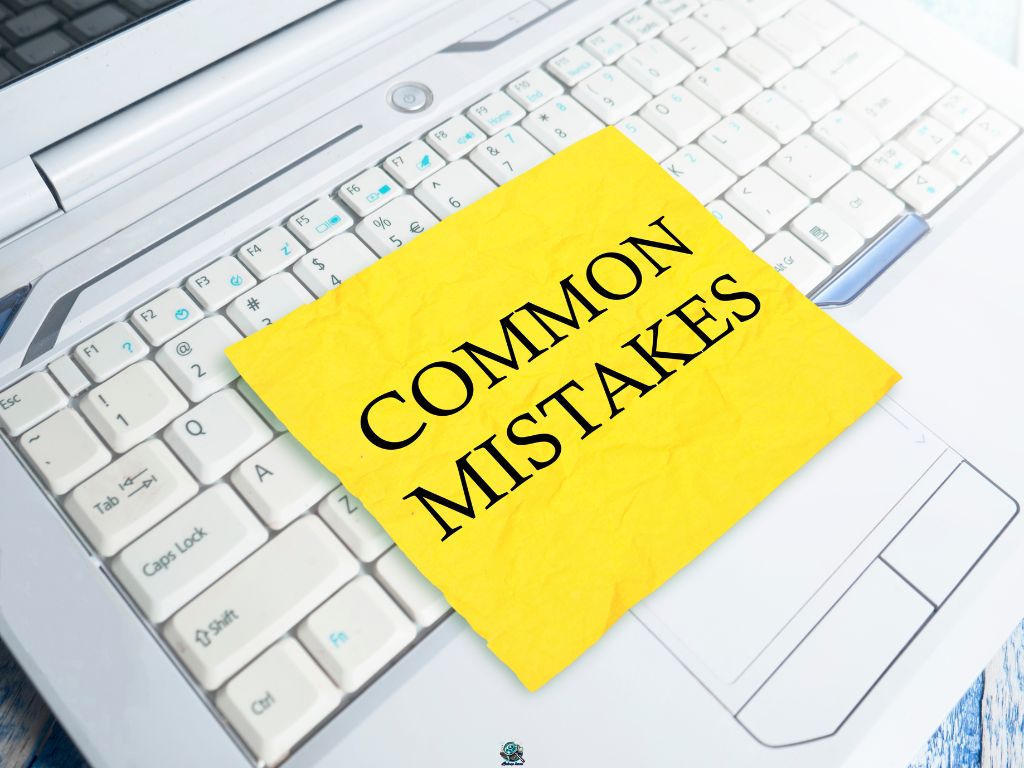
The Mistakes That Cost Borrowers Thousands
Most borrowers don’t get scammed. They just make one small, expensive mistake and don’t realize it until the payments start piling up.
If you’re not careful, that “personal loan” meant to help can end up being the most costly decision you make this year.
Here’s how to avoid that outcome cold.
Mistake #1: Taking the First Offer
Lenders are counting on you being in a rush. The first offer you get might not be terrible but it’s probably not the best.
Without comparing at least 2–3 lenders, you’ll never know if that 22% APR could’ve been 14%.
Fix it: Prequalify with multiple lenders using soft pulls before committing. Compare not just the rate, but total repayment cost.
Mistake #2: Ignoring the Origination Fee
Some lenders advertise “low rates” and then quietly deduct 4–8% of the loan amount before funding. That’s the origination fee.
So if you borrow $10,000… you might only receive $9,200 but still repay the full $10K plus interest.
Fix it: Always check the total loan amount disbursed vs. amount borrowed. That’s where the real cost shows up.
Mistake #3: Overborrowing
It’s tempting to take the maximum amount offered. You feel like you “might as well” get more just in case.
That mindset leads to longer terms, higher interest costs, and a bigger monthly burden than you need.
Fix it: Borrow only what solves the problem. Every extra dollar costs you in interest and freedom.
Mistake #4: Ignoring the Fine Print
Lenders aren’t hiding anything. But they’re counting on you not reading everything.
Look for:
- Prepayment penalties
- Variable rate language
- Mandatory auto-draft terms
- Refinance “options” that reset your clock and add fees
Fix it: Slow down. Review the terms like you’re signing a mortgage. Because in many ways you are.
Mistake #5: Applying to Multiple Lenders (the Wrong Way)
Submitting multiple full applications in a short window will trash your credit score with back-to-back hard inquiries.
Fix it: Use soft-pull prequal tools first. Once you’ve compared, choose one to formally apply with.
Mistake #6: Using a Loan for the Wrong Reason
Personal loans can help you consolidate debt, fund an emergency, or cover a one-time expense. They’re not built for daily spending, lifestyle upgrades, or risky side hustles.
They come with interest and consequences.
Fix it: Ask this before you apply: “Is this loan solving a short-term cash problem… or creating a long-term debt problem?”
These mistakes aren’t rare. They’re common. Predictable. Profitable for the lender.
Knowing how to avoid them is what separates borrowers who move forward… from borrowers who stay stuck.
Quick takeaway: Most people don’t get bad loans, they just move too fast. The slower you compare, the cheaper your loan becomes.
CFPB studies repeatedly find that most high-cost loan complaints could have been avoided through clear disclosure and side-by-side comparisons before acceptance. Slow decisions make cheaper loans.
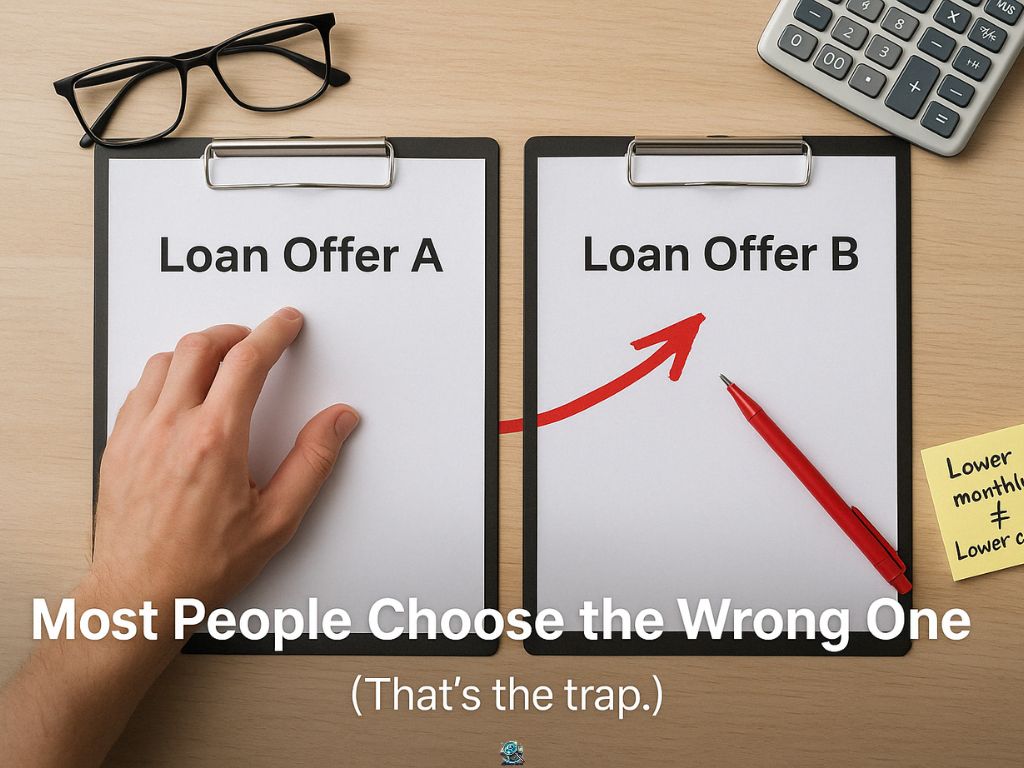
How to Actually Compare Loans and Pick the Right One
Comparing loans isn’t just about who offers the lowest APR. It’s about understanding how each piece of the offer affects your real-life costs and freedom.
Here’s how to break down two “similar” offers and spot the one that quietly costs thousands more.
Don’t Compare Monthly Payments. Compare Total Cost.
Lenders love to show you low monthly payments. Stretch the term to 60 months, and even a high-interest loan looks manageable.
But small payments over a long time = more interest paid overall.
What to do: Always calculate the total repayment amount not just the monthly hit. Use a loan calculator or spreadsheet to add up the full repayment value over the term.
$10K over 3 years at 12% is not the same as $10K over 5 years at 9%.
Look at APR Not Just Interest Rate
APR = the true cost of the loan, including fees. A lender advertising a 10% interest rate might sneak in an origination fee that pushes the APR to 14%.
What to do: Always ask for the APR and don’t sign anything until you’ve compared that number across every offer.
Understand the Term Tradeoff
Shorter terms = higher monthly payments, less interest paid. Longer terms = lower payments, but you’ll pay more in total sometimes thousands more.
What to do: Choose the shortest term you can afford without strain. That one move alone can save you years and serious money.
Watch the Origination Fee
This fee is often deducted from the loan before you even receive the funds. You think you’re borrowing $10,000 but you only get $9,200.
What to do: Calculate how much you’ll actually receive after fees and factor that into your cost comparison.
If you need $10K in-hand, and the lender charges a 6% fee, you’ll have to borrow $10,600+ to walk away with what you need.
Check Prepayment Flexibility
Some lenders penalize you for paying off early. Others encourage it.
What to do: Look for loans with no prepayment penalties, so if your situation improves, you can wipe out the balance and avoid unnecessary interest
Bonus: Run a Side-by-Side Scenario
Create a simple comparison chart with:
- APR
- Term
- Total repayment amount
- Monthly payment
- Fees
- Prepayment penalty (yes/no)
This 5-minute snapshot will do more for your financial health than any headline rate ever could.
The “cheapest-looking” loan isn’t always the smartest. The one that gives you control, flexibility, and transparency that’s the one that wins.
In short: The smartest loan isn’t the cheapest-looking one; it’s the one that gives you control, flexibility, and full transparency.
Consumer Reports’ 2025 lending review confirms that comparing total repayment cost, not just APR remains the most reliable predictor of borrower satisfaction and lower long-term cost.
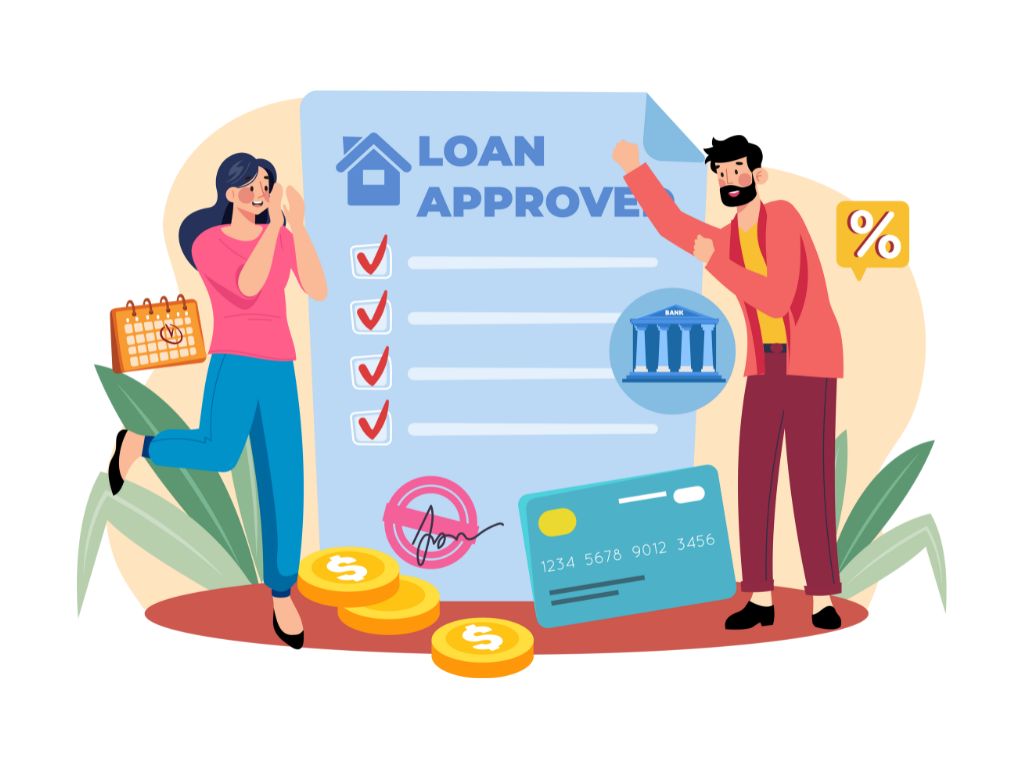
🧾 Action Table: Choosing the Right Personal Loan in 2025
| If You … | Better Choice | Why It Fits |
|---|---|---|
| Need a fixed amount for a one-time expense such as debt consolidation, medical costs, or home projects | Unsecured Personal Loan | Offers predictable monthly payments and a clear payoff date without putting assets at risk. |
| Have fair-to-low credit but own a car, savings account, or other asset to secure the loan | Secured Personal Loan | Collateral can improve approval odds and lower APRs when credit alone isn’t strong enough. |
| Need funds fast (24–48 hours) for an urgent bill or repair | Emergency Loan / Online Fintech Lender | Provides near-instant funding with digital verification — but confirm total cost before accepting. |
| Want the lowest possible rate and more flexible underwriting | Credit Union Loan | Member-owned institutions often cap interest rates and look beyond credit score alone. |
| Have mid-tier credit (640–700) and get denied by banks | Peer-to-Peer Loan | P2P platforms often serve this range with transparent fixed rates and moderate fees. |
| Are rate-sensitive or close to approval limits | Improve Profile Before Applying | Paying down small debts or lowering DTI by a few points can move you into a better pricing tier. |
🔍 How to Use This Table
- Identify your goal – one-time funding vs ongoing cash cushion.
- Match it to your profile – credit tier, urgency, and risk tolerance.
- Compare 2–3 prequalified offers using soft-pull tools to find the lowest total repayment cost, not just the lowest rate.
💡 Smart borrowing isn’t about access — it’s about alignment. Pick the structure that fits your situation and plan the repayment before you sign.

Conclusion: Borrow Smarter, Not Just Faster
A personal loan can fix a problem or cause one. It depends on how you approach it. Most borrowers rush into the first offer.
They see an approval, and they hit “accept.” That one decision can cost them thousands over the life of the loan. You’re not doing that.
Now you know what types of loans exist, how rates really work, where to apply, and what to watch for in the fine print.
You’ve seen the traps. You’ve got the checklist. And you’re ahead of 90% of borrowers already.
Now it’s about action on your terms.

Next Step: Compare real, prequalified loan offers without hurting your credit score. Look for low APR, zero fees, clear terms.
Pick the one that solves your problem without creating a bigger one. This loan shouldn’t control you.
You control it.
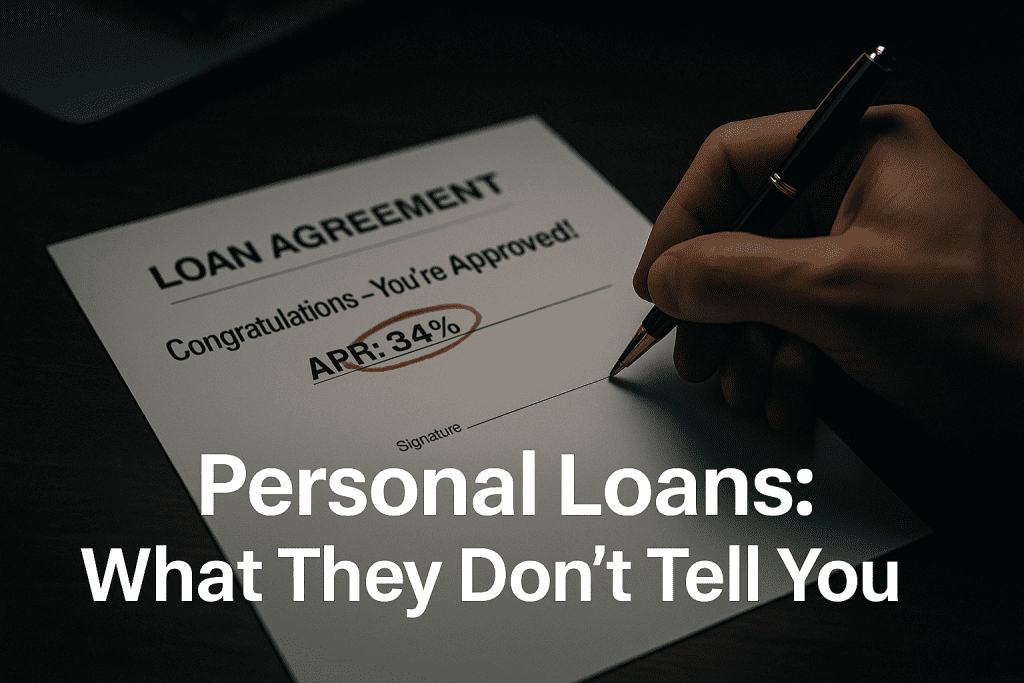
FAQs About Personal Loans in 2025
What is a personal loan?
A personal loan is a fixed-term loan that lets you borrow a lump sum and repay it in regular monthly installments, usually with a fixed interest rate. Most are unsecured, meaning no collateral is required, though some lenders offer secured options backed by assets like a car or savings account. Personal loans are best for one-time expenses such as debt consolidation, medical bills, or home projects not ongoing spending.
What’s a good interest rate for a personal loan right now?
In 2025, anything under 10% APR is excellent. Borrowers with strong credit (700+) usually land between 6–12%. If your score is below 640, expect offers in the 20–30% range. Always compare the APR, not just the headline rate, to understand your true cost.
Can I get a personal loan with bad credit?
Yes but expect higher rates and tighter terms. To improve your chances, you can:
- Apply with a co-signer
- Offer collateral (secured loan)
- Borrow through a credit union
- Try lenders that specialize in subprime loans.
Focus on loans that actually solve a problem, not ones that create another.
What credit score do I need to qualify?
Most lenders look for a minimum of 580–600, though some go lower. Scores above 660 open the door to better rates and faster approvals, while 720+ often unlocks prime offers.
Does applying hurt my credit?
Only if it involves a hard inquiry. Use soft-pull prequalification tools to compare rates first; they don’t affect your score. Just avoid submitting multiple full applications at once, as several hard pulls in a short period can temporarily drop your score.
How fast can I get approved and funded?
Online lenders and fintech platforms can fund in 24–48 hours, sometimes the same day. Banks and credit unions typically take 3–7 business days due to document verification.
Can I use a personal loan to pay off credit cards?
Absolutely that’s one of the smartest uses. It’s called debt consolidation. Just make sure your new APR is lower than your card’s rate and that you don’t build new credit card balances after paying them off.
Can I refinance a personal loan to get a lower rate?
Yes, especially if your credit score or income has improved since you first borrowed. Compare refinancing offers to ensure the total new cost (including fees) is less than your remaining balance on the original loan.
Can I pay off my personal loan early?
Usually yes but check the fine print for prepayment penalties or “lost interest” clauses. The best lenders let you pay early with no penalty, helping you save on total interest.
Is it better to go with a bank, credit union, or online lender?
Each has advantages:
- Banks: Best for prime borrowers; lowest rates, stricter requirements.
- Credit Unions: Fairer rates, more flexible underwriting, slower process.
- Online Lenders: Fastest, most accessible, especially for mid-tier credit.
Choose based on your credit profile, speed needs, and loan size.
What’s the biggest mistake people make with personal loans?
Rushing. Many borrowers focus on the rate and ignore fees, repayment terms, or prepayment penalties. Others borrow more than they need. Always compare total repayment cost, not just the monthly payment. Smart borrowing is strategy not speed.
What happens if I miss a personal loan payment?
Missing a payment can trigger late fees, a credit score drop, and potentially a higher penalty APR if not corrected. If you know you’ll struggle to pay, contact your lender immediately some offer hardship options or short-term forbearance.
Can I have more than one personal loan at a time?
Yes, some lenders allow multiple active personal loans but it depends on your debt-to-income ratio (DTI) and credit history. A second loan increases your monthly obligations and may limit approval odds for future credit.
What should I check before signing a personal loan agreement?
Always review:
- APR and all fees (origination, service, late)
- Prepayment terms
- Repayment schedule and total cost
- Fixed vs. variable rate language. If something isn’t clear, ask for written clarification before signing.
When is getting a personal loan a bad idea?
If you’re using it to cover everyday bills, fund risky ventures, or maintain lifestyle spending, it’s a red flag. Personal loans are for strategic needs, not survival cash flow. Borrowing to buy time usually costs more in the end.
5 Comments
Personal Loan for Self-Employed: How to Get Approved Fast - Look Up Loans · April 26, 2025 at 2:51 am
[…] Get the full breakdown on how personal loans work — read our personal loan guide here. […]
Personal Loan vs Line of Credit: Which Is Right for You - Look Up Loans · October 8, 2025 at 2:11 pm
[…] over a set term, usually 1 to 7 years. This fixed structure is why financial planners often suggest personal loans for borrowers who prefer predictable budgeting and clear timelines. The interest rate and payment […]
How a Personal Line of Credit Really Works (And When It’s a Bad Idea) - Look Up Loans · October 8, 2025 at 4:27 pm
[…] personal loans, you’re not forced to take out the full amount at once. That’s ideal if you expect ongoing […]
Personal Loan vs Credit Card: Which Is Better for You - Look Up Loans · October 17, 2025 at 2:24 am
[…] Personal loans win for predictable payments and structured payoff schedules ideal for disciplined debt management. […]
Personal Loan vs Auto Loan: Choose the Right Option - Look Up Loans · October 20, 2025 at 12:51 pm
[…] Personal loans are unsecured, meaning they don’t require you to offer up the car or any other asset as collateral. This makes them more flexible, you can use the funds for the vehicle, repairs, registration, or anything else. But because there’s no collateral, lenders take on more risk, and that usually means higher interest rates and stricter credit requirements. […]